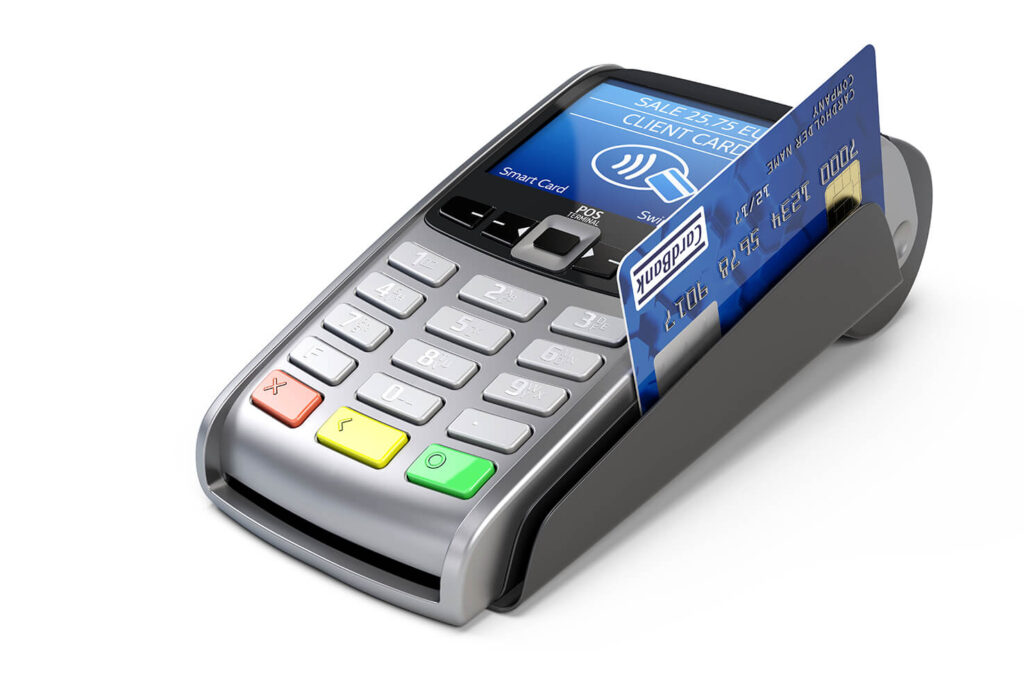In the world of e-commerce, payment processing is a crucial aspect of the online shopping experience. When it comes to accepting payments from customers, there are several processing methods available, each with its own pros and cons. In this article, we will explore some of the most common methods used in e-commerce and their advantages and disadvantages.
Credit Card Payments

Source: staxpayments.com
Credit card payments are the most popular payment method for e-commerce sites. They allow customers to make purchases quickly and easily, without having to enter their billing information every time they make a purchase. Credit cards also offer fraud protection and chargeback protection for both the customer and the merchant.
One of the drawbacks of credit card payments is that merchants must pay fees to credit card processing companies for each transaction. These fees can range from 2-3% of the purchase price, which can eat into profit margins. Additionally, credit card fraud is a concern for both customers and merchants, and can result in chargebacks and lost revenue.
Cryptocurrency Payments

Source: usemultiplier.com
Cryptocurrency payments allow customers to pay for purchases using digital currencies, such as Bitcoin or Ethereum. They offer anonymity for customers, as they do not have to provide any personal information to make a purchase. They also offer fast and secure transactions, with no chargebacks or fraud.
However, they are still relatively new and can be difficult for customers to understand and use. They also carry some risk, as the value of cryptocurrencies can be volatile and unpredictable. Merchants may also have to pay fees to cryptocurrency payment providers for each transaction.
POS Payment Processing

Source: paymentvision.com
Point of Sale (POS) payment processing allows customers to make purchases in person, using their credit or debit cards. POS payment processing is common in brick-and-mortar retail stores, but it is also becoming more popular for e-commerce sites that have physical storefronts. It offers convenience for customers who prefer to pay in person, and it can also help reduce the risk of fraud and chargebacks.
However, it can be more expensive than other payment processing methods, as merchants may have to pay fees for equipment and processing services. Additionally, it may not be available for all e-commerce sites, particularly those that do not have physical storefronts.
Conclusion
In conclusion, it’s important for merchants to carefully consider the pros and cons of different payment processing methods before selecting one for their e-commerce site. Each method has its own unique benefits and drawbacks, and what works for one business may not be the best fit for another. By weighing the costs and benefits of each method, merchants can choose the one that provides the best value and most seamless checkout experience for their customers. Additionally, it’s essential for merchants to prioritize security and fraud prevention measures to protect both themselves and their customers. Ultimately, a well-planned payment processing strategy can help businesses streamline their checkout process, increase customer satisfaction, and ultimately drive more sales.



